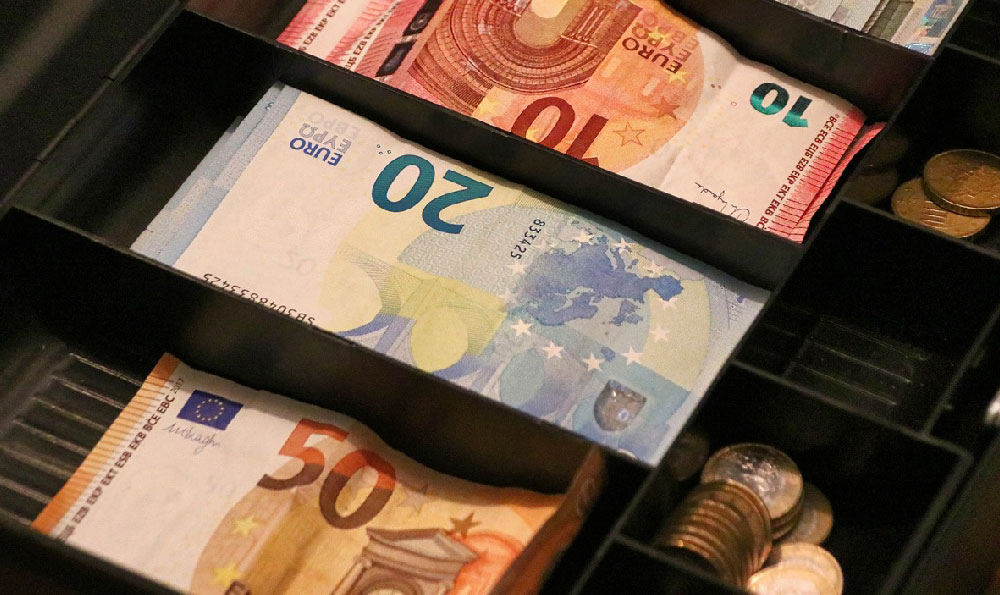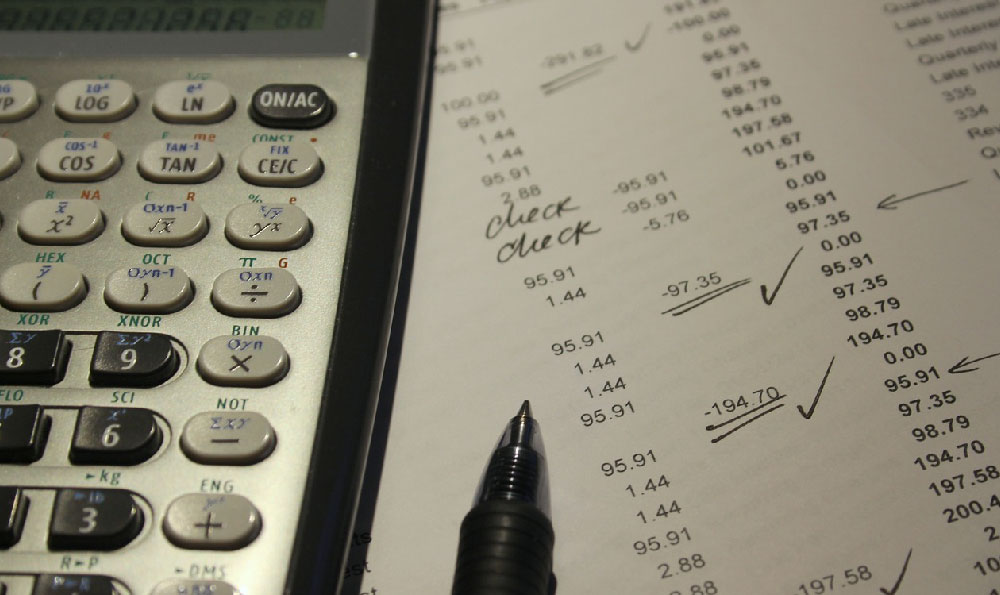The concept of earning income through the sale of plasma has intrigued many individuals seeking alternative methods of financial stability. Plasma donation, a procedure where individuals contribute their plasma for medical purposes, can be a viable option for some, but understanding the intricacies of this process and its potential earnings requires a nuanced approach. This article will explore the financial aspects of plasma donation, the factors that influence earnings, and the broader considerations that should guide those considering this path, while also highlighting the importance of informed decision-making and risk mitigation.
Plasma donation is a relatively straightforward process in which individuals allow their plasma to be extracted from their blood. The procedure involves apheresis, a method that separates plasma from other blood components and returns the latter to the donor. While this process is safe for most healthy adults, it's crucial to recognize that the financial reward is not guaranteed and depends on several variables. The amount of money earned from plasma donation varies widely depending on the country, the donor's blood type, and the frequency of donations. In the United States, for instance, a single donation can yield between $20 and $100, with variations based on the specific plasma center and the donor's location. However, these figures are subject to change due to market dynamics, regulatory requirements, and the specific policies of the plasma collection facilities.
One of the primary factors that determine earnings from plasma donation is the donor's blood type. Plasma centers often prioritize donations with rare blood types, such as O-negative or AB-positive, as they are in higher demand for medical treatments. Donors with these types may receive higher compensation per unit of plasma compared to those with more common blood types. Additionally, the frequency of donations plays a significant role. Most plasma collection centers allow donors to give plasma twice a week, with a minimum of 48 hours between donations, depending on the donor's health and the facility's guidelines. This schedule can affect the total earnings, as consistent donors may accumulate higher income over time, while those who donate less frequently may see lower returns.

The financial potential of plasma donation must be evaluated within the context of broader economic and health considerations. While the income may seem attractive, it's essential to recognize the time and effort required to participate in this process. Donating plasma typically takes around 60 to 90 minutes per session, and donors must undergo a series of health screenings to ensure their safety and the quality of the plasma collected. These screenings can include assessments of hemoglobin levels, blood pressure, and overall health. The time commitment, combined with the potential for fluctuating earnings, should be carefully weighed against other opportunities.
Moreover, the plasma donation industry is not immune to market fluctuations. The demand for plasma can vary based on the needs of the medical sector, which in turn is influenced by factors such as population growth, healthcare advancements, and the prevalence of diseases requiring plasma-based treatments. During periods of high demand, plasma centers may increase their compensation rates to attract more donors, while during times of lower demand, rates may remain stable or even decrease. Donors should be prepared for this variability and consider long-term participation to maximize their financial returns.
Another important aspect to consider is the potential for reinvestment in the plasma donation process. Some individuals may choose to donate plasma more frequently to generate a steady income stream, while others may explore opportunities to invest in the industry itself. This could involve purchasing shares in plasma collection companies or funding research that could lead to innovations in plasma-based therapies. By doing so, donors may gain financial returns that are not limited to the direct income from donations.
However, it's crucial to recognize the risks associated with plasma donation. While the process is generally safe, overdonation can lead to health complications such as dehydration, dizziness, or fatigue. Donors should adhere to the recommended donation frequency and prioritize their health to avoid these issues. Additionally, individuals should be cautious when selecting plasma donation centers, ensuring that they are reputable and compliant with health and safety regulations. Choosing an unregulated center may pose risks to the donor's health and the quality of the plasma collected.
In conclusion, the amount of money that can be earned from plasma donation is influenced by various factors, including the donor's blood type, donation frequency, and the demand in the medical industry. While the potential for financial stability exists, it's essential to approach this process with a well-informed perspective, considering both the benefits and risks. By prioritizing health, selecting reputable donation centers, and understanding the market dynamics, individuals can make decisions that align with their financial goals. Additionally, exploring alternative investment opportunities in the broader field of blood donation and related industries may offer additional avenues for financial growth. Ultimately, the key to maximizing earnings lies in a balanced approach that considers both the financial and health implications of plasma donation.












